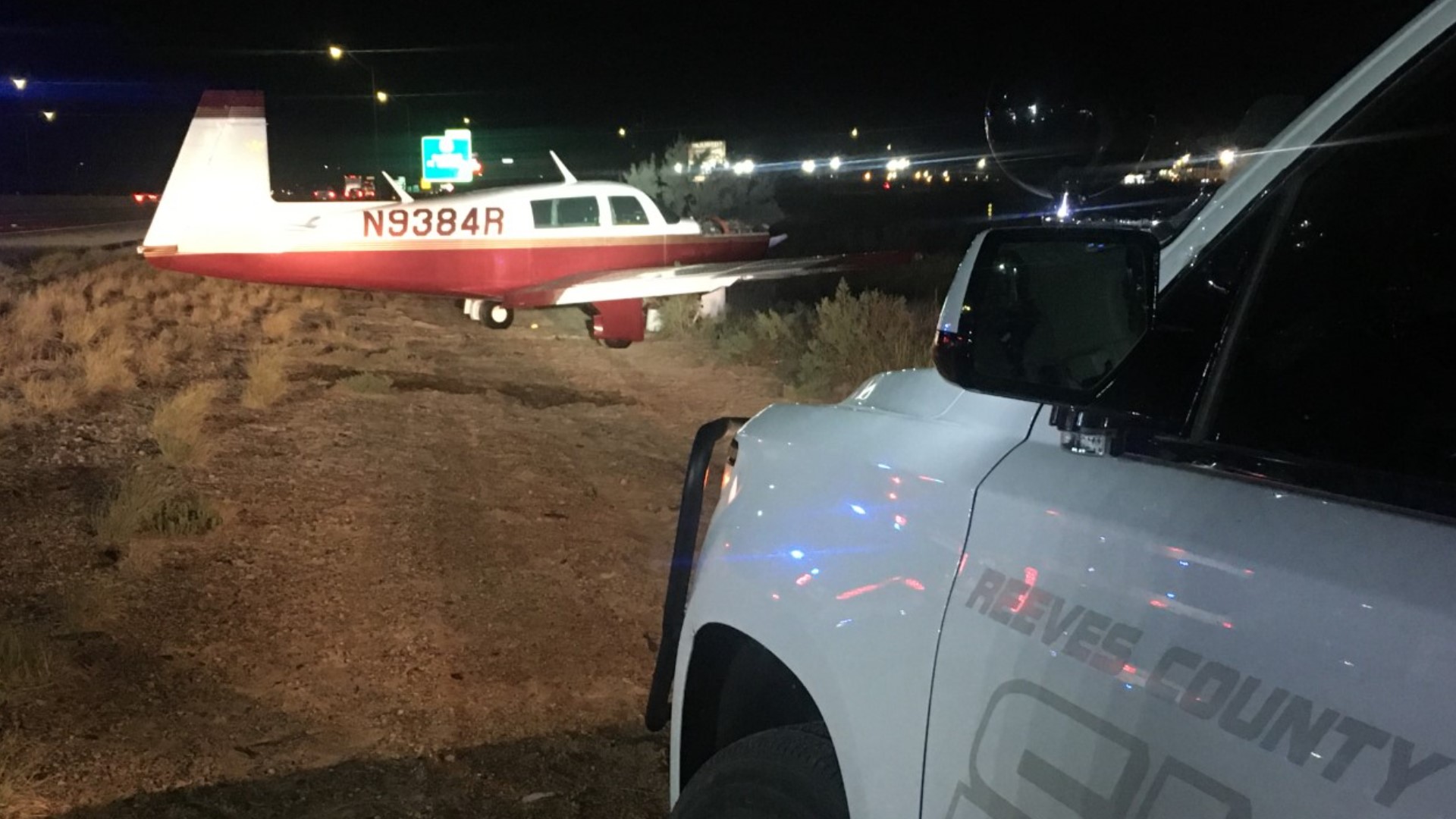MIDLAND, Texas — Emergency landings aren't something pilots have to do often, but in the rare chance they do, there are steps in place to make sure their landing is a safe one.
Aviation Instructor Ed Munoz, said the first thing the pilot must do is notify the control tower and, as hard as it may be, remain calm.
"All you can do is keep calm and do what you have to," Munoz said.
As for where exactly to land, he said highways and open fields are the safest routes.
"The highways, especially interstates, are good places to land, and usually you can land in-between cars anyway because they usually see you coming down and say 'uh oh' and then they start slowing down and the ones in front speed up," Munoz said. "So highway landings are usually pretty safe."
"You looking for a good place to land, if you have an empty field." Munoz said. "Depending on where you land, some places you’ll have to put the gear up and slide in, and that will cause least damage to the plane and won’t flip it over."
Munoz said pilots usually have enough time to put a plan into action.
"You have a glide ratio, so you have plenty of time to figure out what you’re going to do," Munoz said.
Ed's wife, Sylvia, used to fly planes in the Air Force. She knows firsthand how to make an emergency landing, as she's had to make some in her time flying.
"If you have an emergency when you're a passenger, stay calm and let the crew handle it," Sylvia Munoz said. "They’ll get you down, they’ll take care of you. That’s what they’re trained to do. You’re not, they are. It’s just staying calm and using your head, don’t panic. If you panic, you lose everything."

